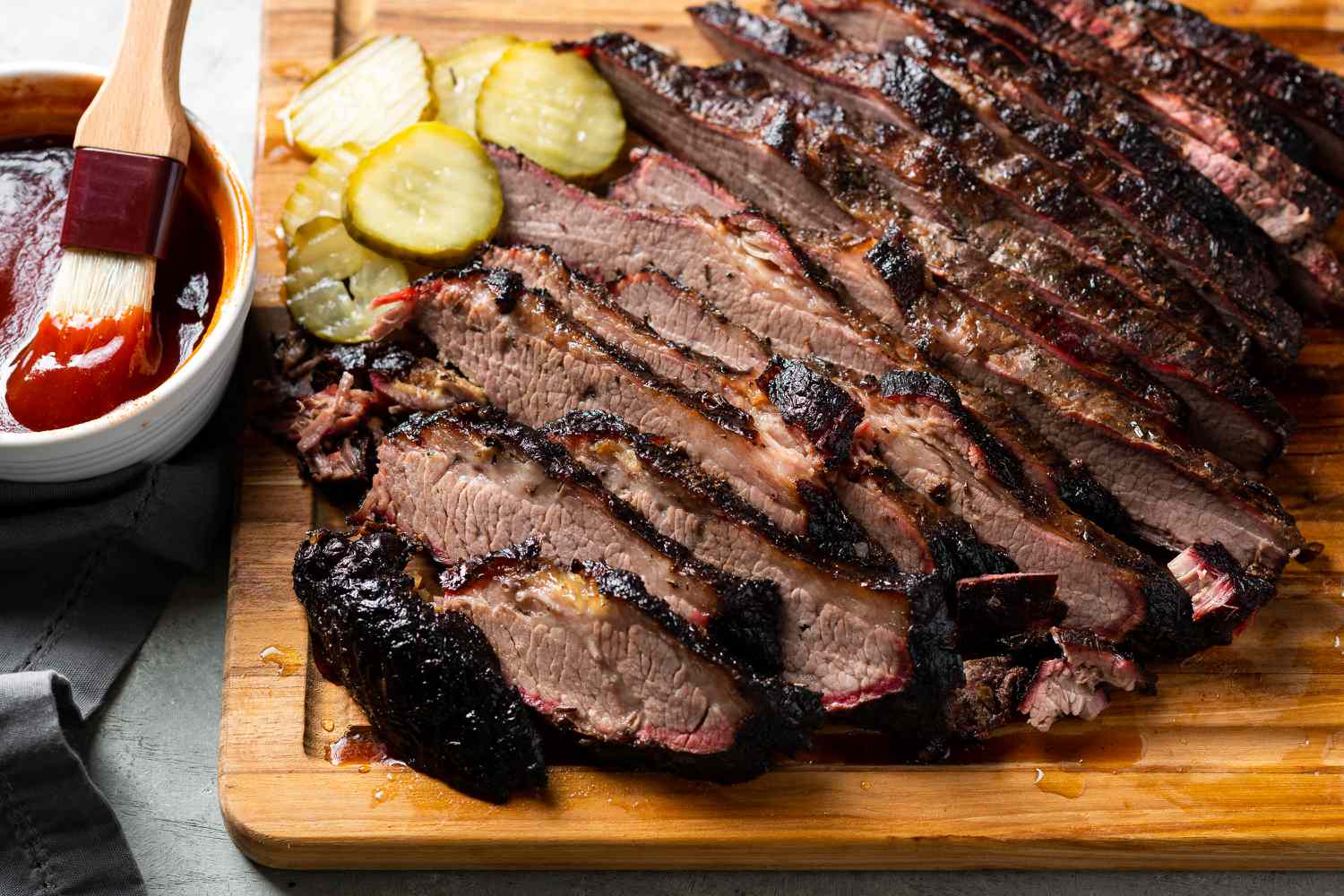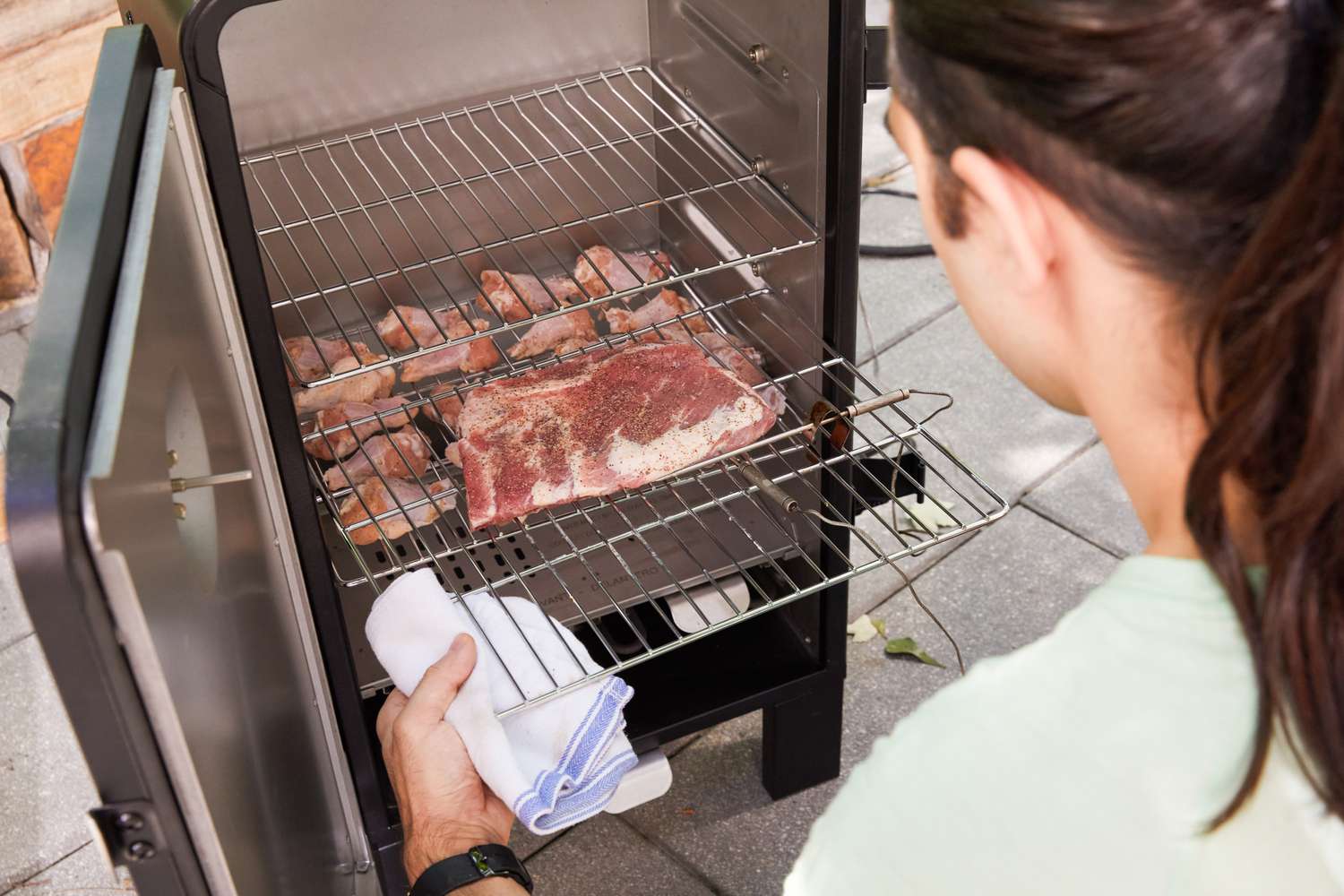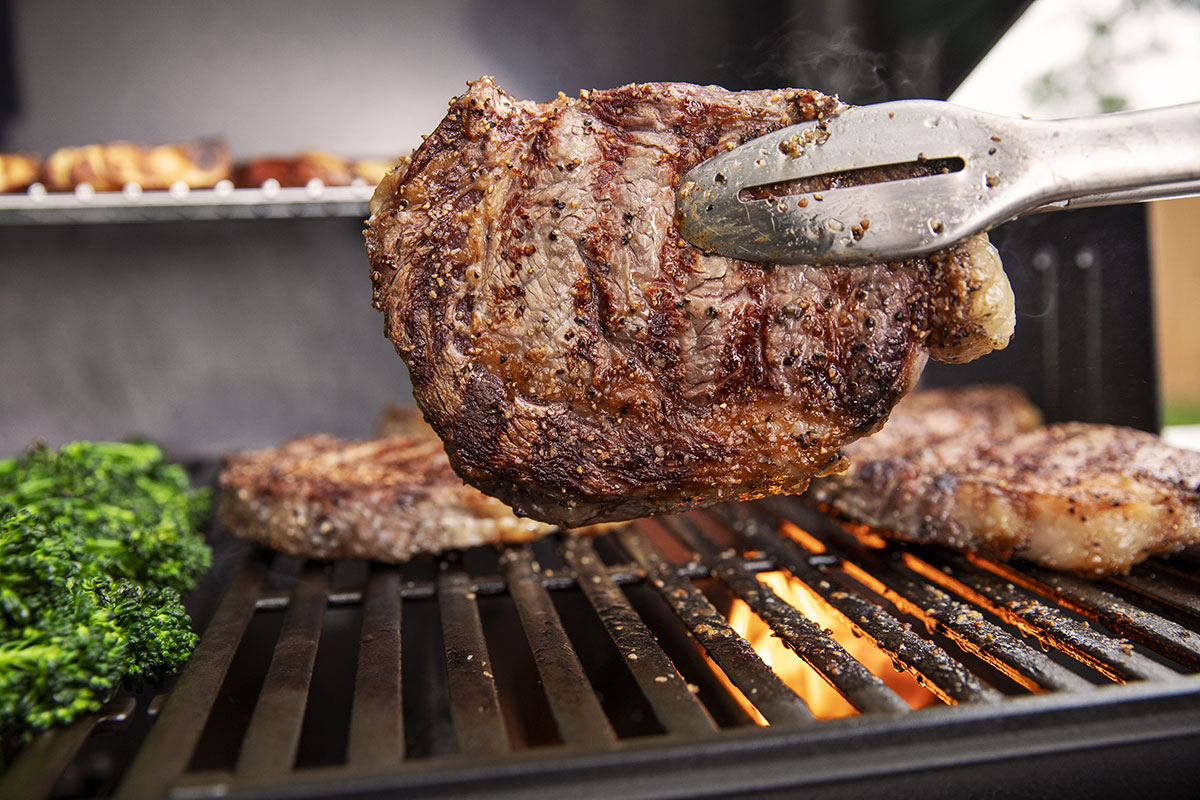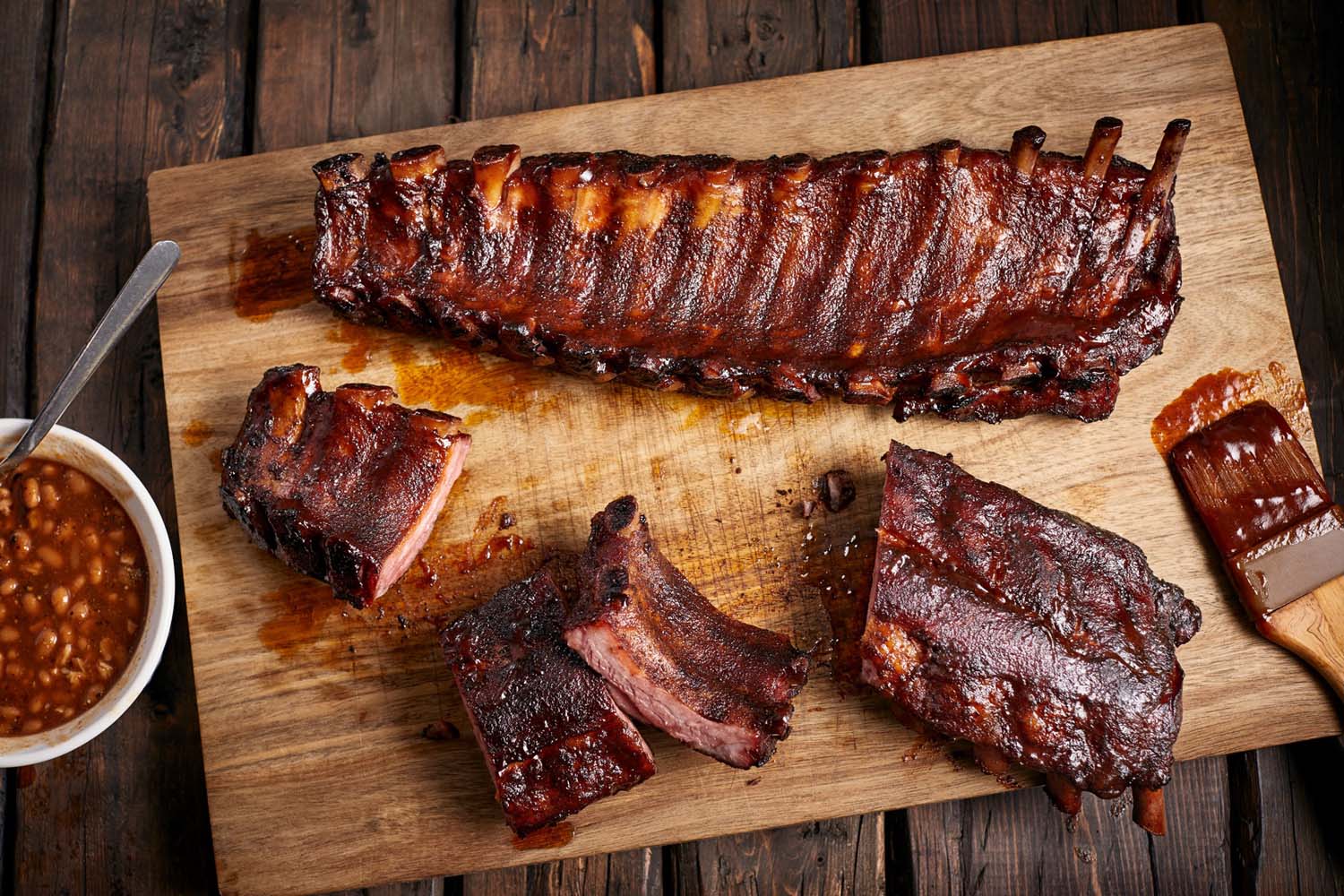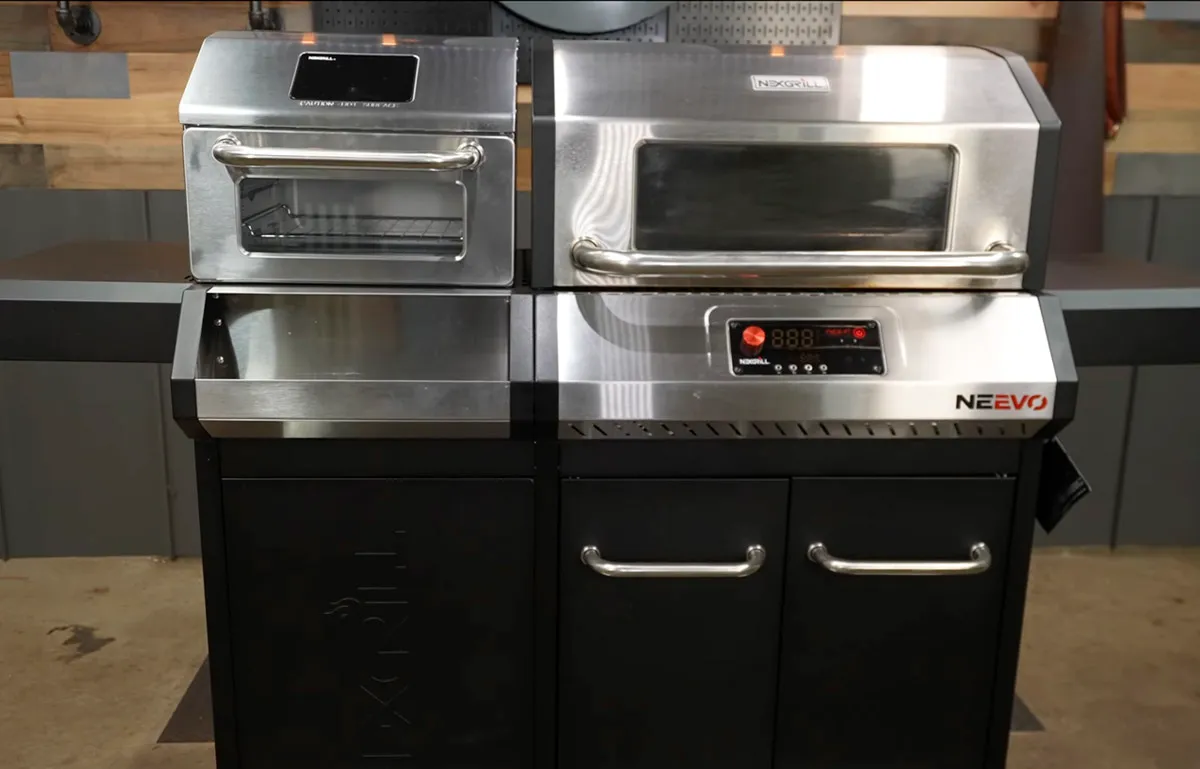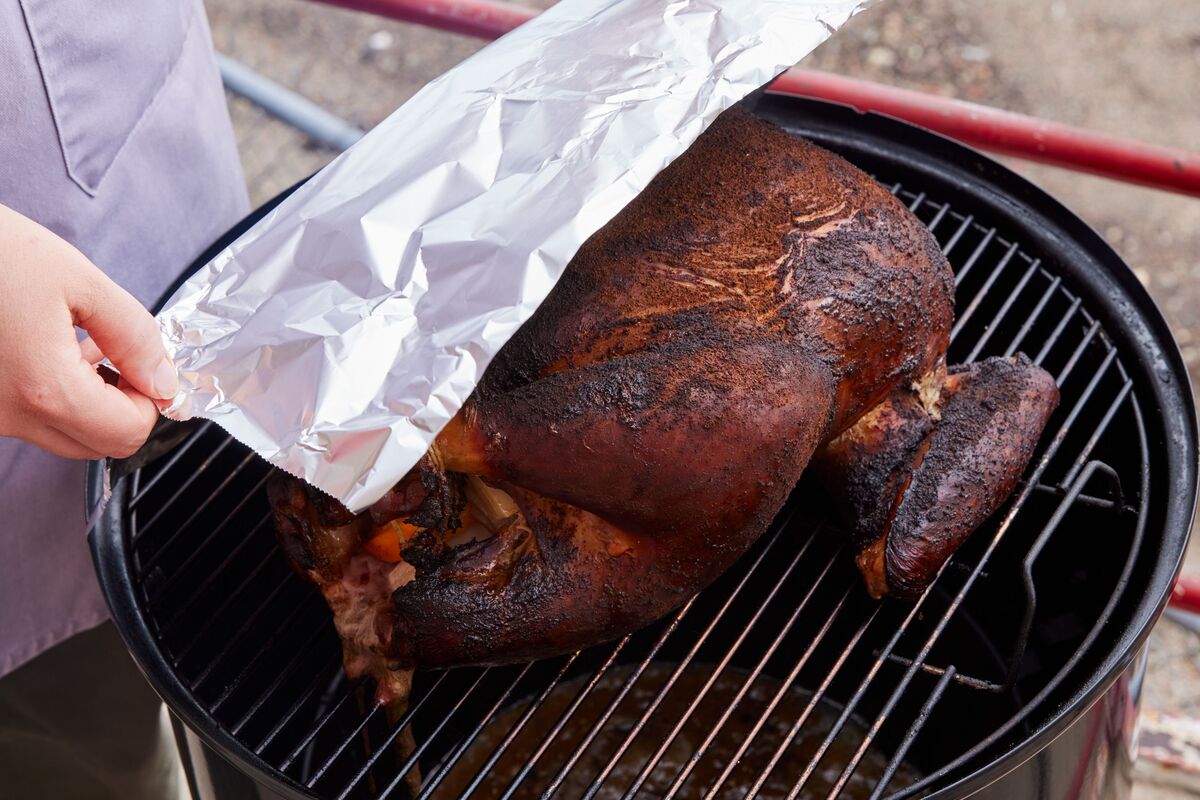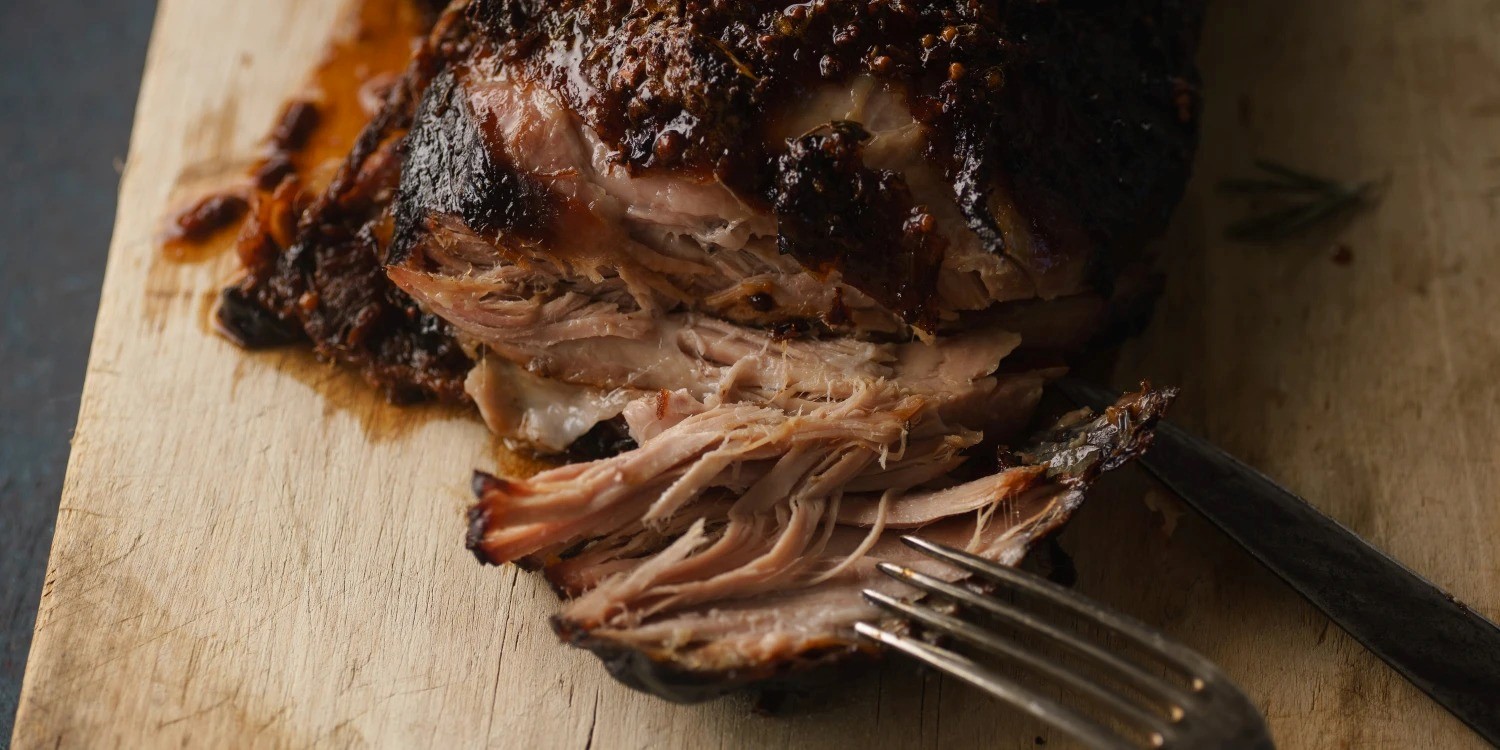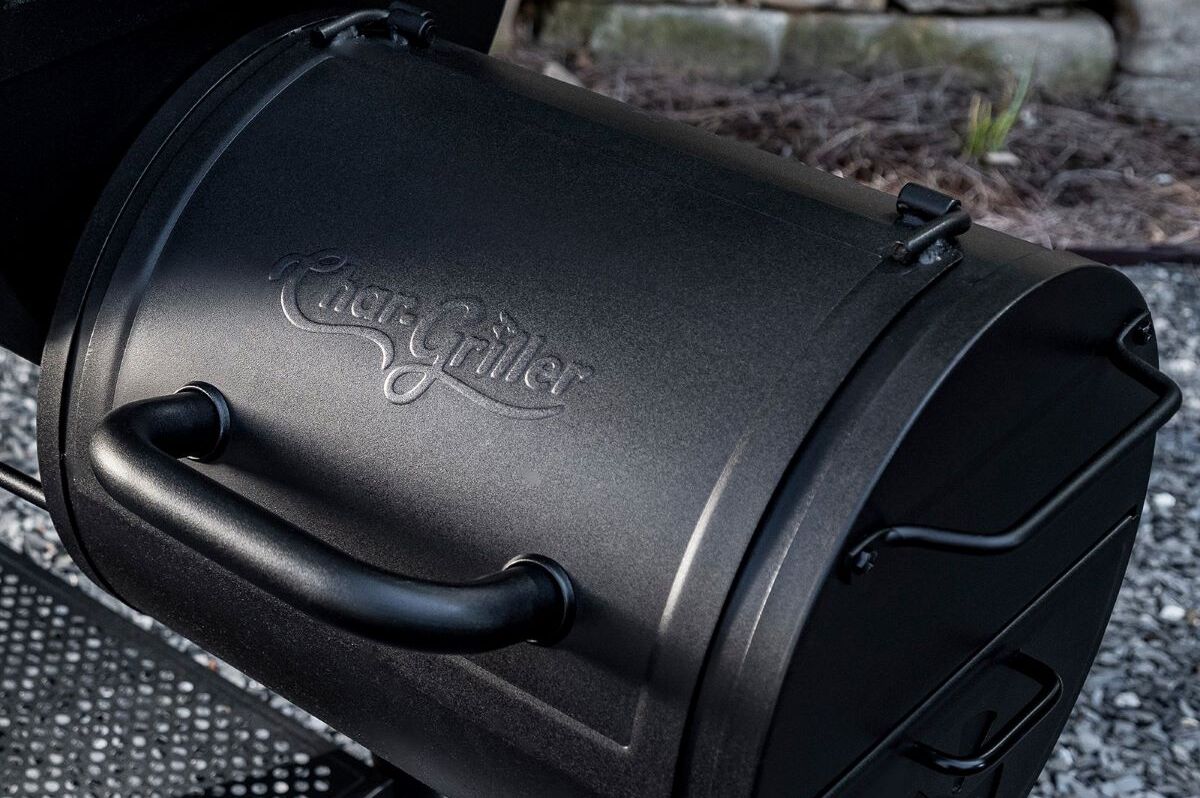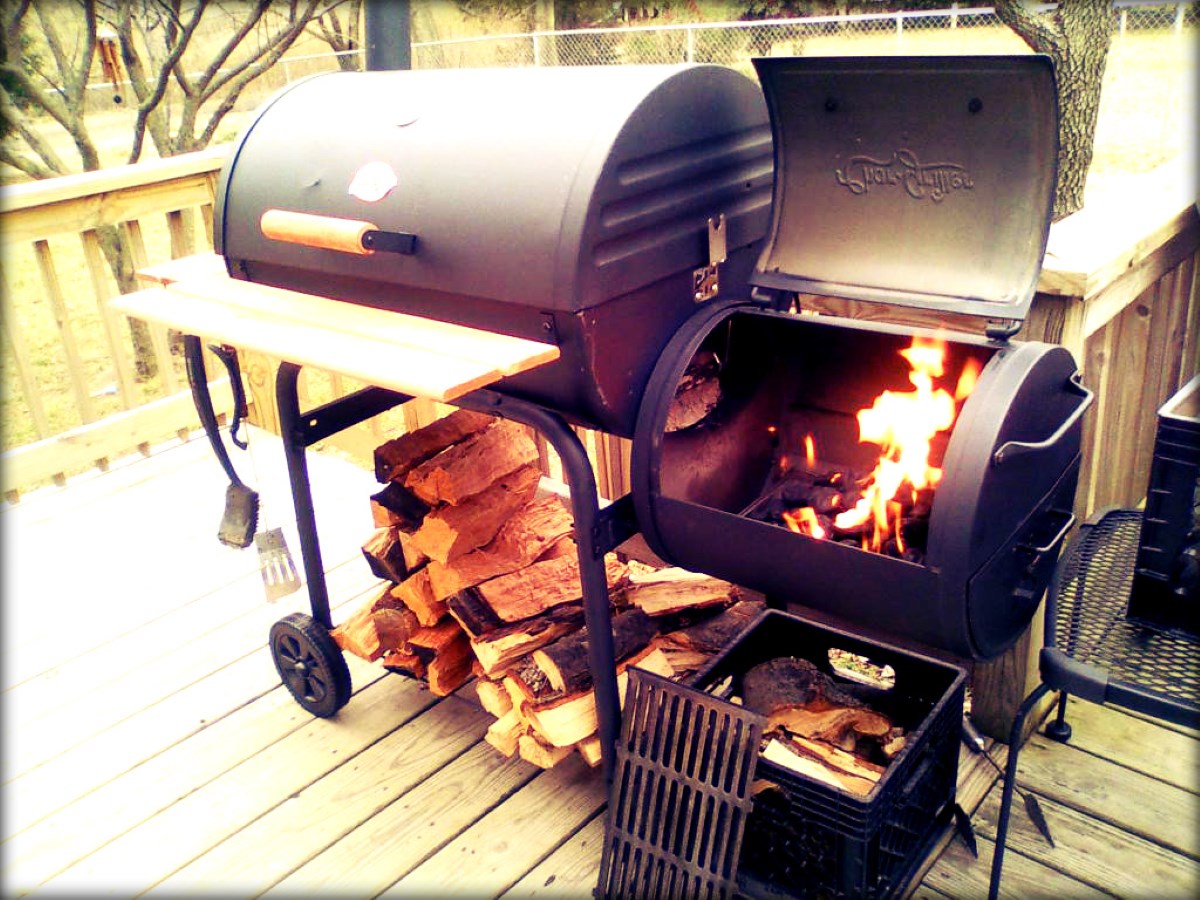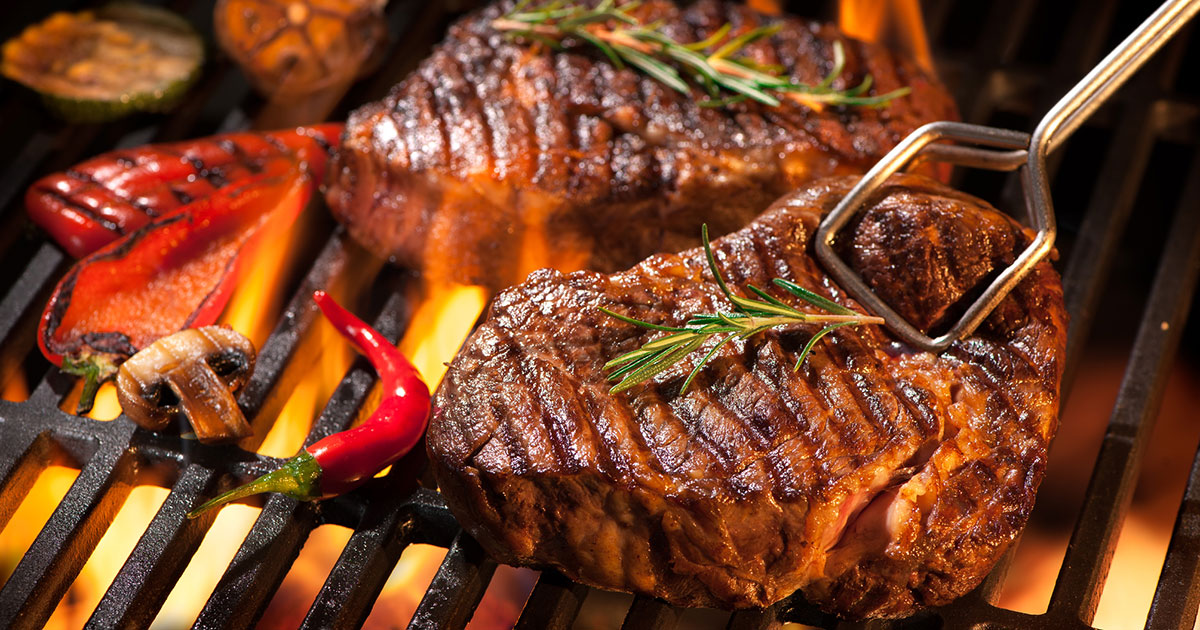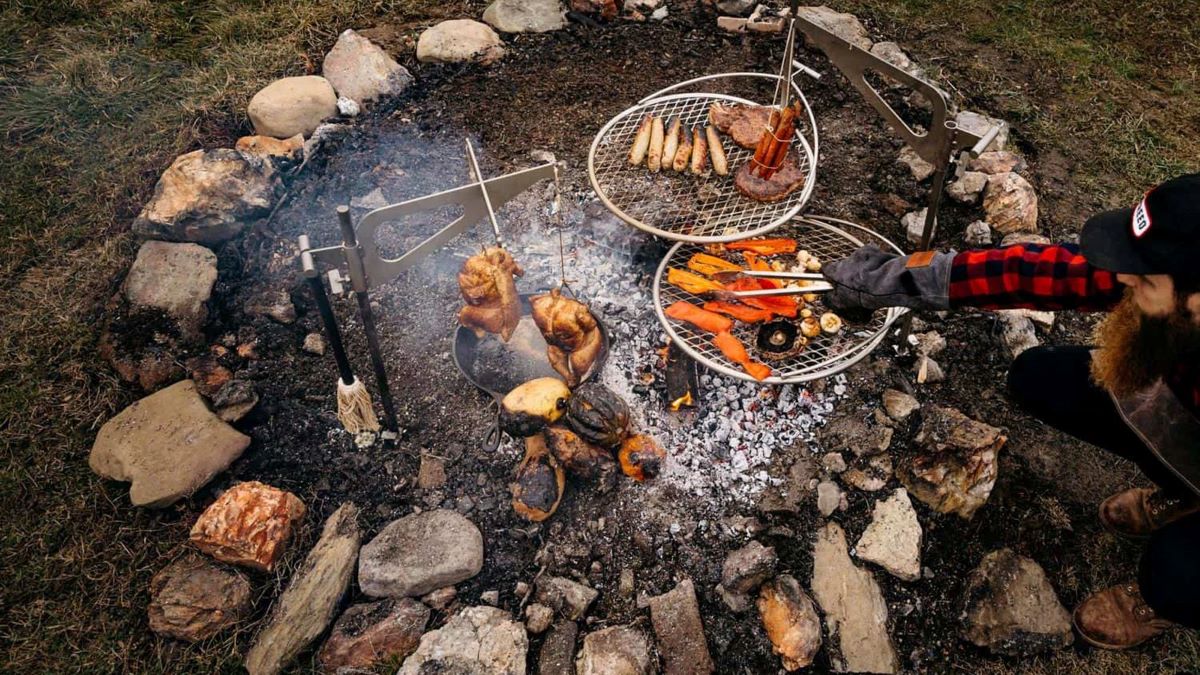Smoking Meat in Cold Weather: Tips and Tricks
Smoking meat is a delicious way to infuse flavor and tenderness into your favorite cuts of meat. However, when the temperature drops, many people are hesitant to fire up their smokers. The good news is that with the right techniques, you can still smoke meat to perfection even in cold weather. Here are some tips and tricks to help you achieve mouthwatering results:
Choose the Right Smoker
When smoking meat in cold weather, it’s important to choose the right type of smoker. Insulated smokers, such as ceramic or double-walled steel smokers, are ideal for retaining heat in chilly conditions. These smokers are designed to maintain a consistent temperature, which is crucial for successful meat smoking.
Use the Right Fuel
Choosing the right fuel is essential when smoking meat in cold weather. Opt for high-quality charcoal or hardwood pellets, which burn efficiently and produce consistent heat. Avoid using damp or low-quality fuel, as it can lead to fluctuating temperatures and uneven cooking.
Preheat Your Smoker
Before adding your meat to the smoker, make sure to preheat the unit to the desired temperature. This is especially important in cold weather, as it helps the smoker reach and maintain the ideal cooking environment. Allow ample time for the smoker to heat up before you begin the smoking process.
Monitor the Temperature
Monitoring the temperature inside the smoker is crucial when smoking meat in cold weather. Use a reliable meat thermometer to keep track of the internal temperature, and make adjustments as needed to maintain a consistent heat level. Additionally, consider using a separate thermometer to monitor the ambient temperature outside the smoker, as this can impact the cooking process.
Minimize Heat Loss
In cold weather, it’s important to minimize heat loss to ensure that your meat cooks evenly and thoroughly. Avoid opening the smoker door frequently, as this can cause a significant drop in temperature. Instead, plan ahead and have all your tools and supplies ready to minimize the time the smoker door is open.
Allow for Extended Cooking Time
When smoking meat in cold weather, it’s important to allow for extended cooking time. The lower ambient temperature can slow down the cooking process, so be prepared for the meat to take longer to reach the desired level of doneness. Patience is key when smoking meat in chilly conditions.
Shield Your Smoker
If possible, shield your smoker from the elements to help maintain a consistent cooking environment. This can be as simple as placing the smoker in a sheltered area or using a windbreak to protect it from strong gusts of wind. By minimizing exposure to the elements, you can help the smoker retain heat more effectively.
Choose the Right Cuts of Meat
When smoking meat in cold weather, it’s a good idea to choose the right cuts of meat. Opt for thicker cuts that can withstand the longer cooking time and lower temperatures. Fattier cuts, such as pork shoulder or beef brisket, are also well-suited for smoking in cold weather, as the extra fat can help keep the meat moist and tender.
Rest the Meat
After the meat has finished smoking, it’s important to allow it to rest before serving. This allows the juices to redistribute throughout the meat, resulting in a more flavorful and tender end product. Tent the meat with foil and let it rest for at least 15-20 minutes before slicing and serving.
With these tips and tricks, you can confidently smoke meat in cold weather and impress your friends and family with delicious, smoky flavors. Don’t let the chilly temperatures deter you from enjoying the art of smoking meat – embrace the season and savor the rich, savory results!
Was this page helpful?
Read Next: How To Smoke Pork Ribs In A Charcoal Smoker
